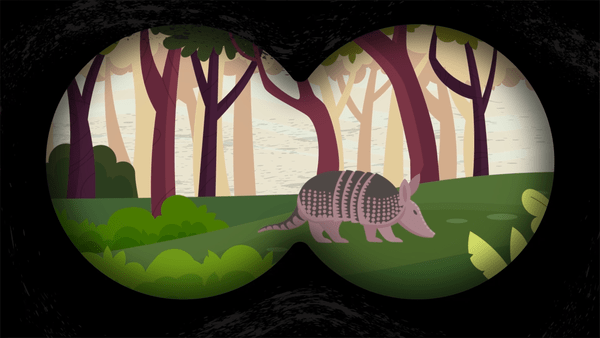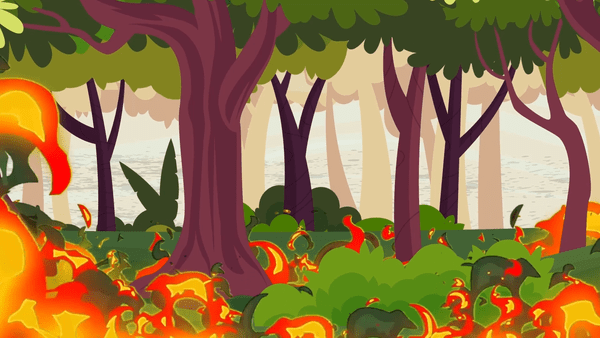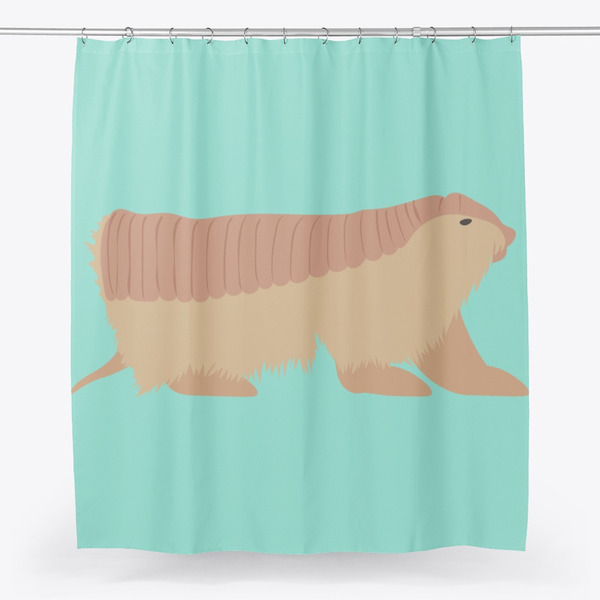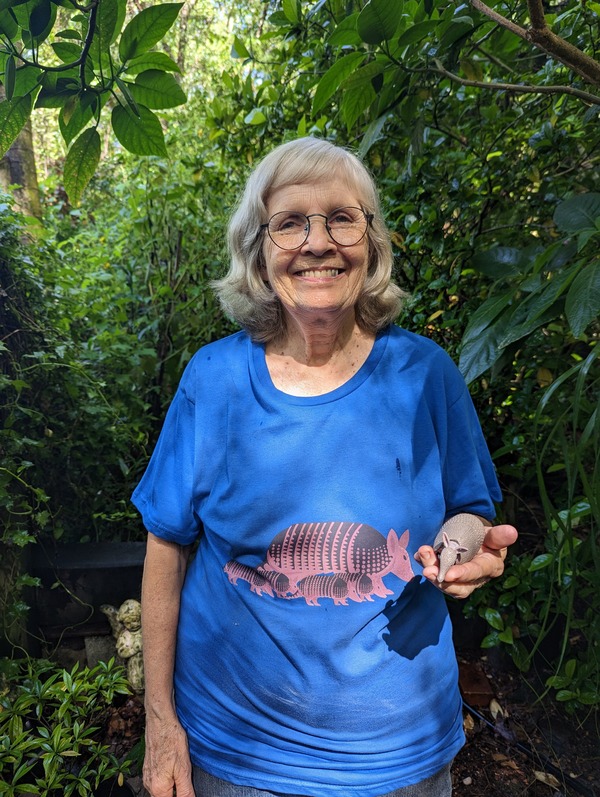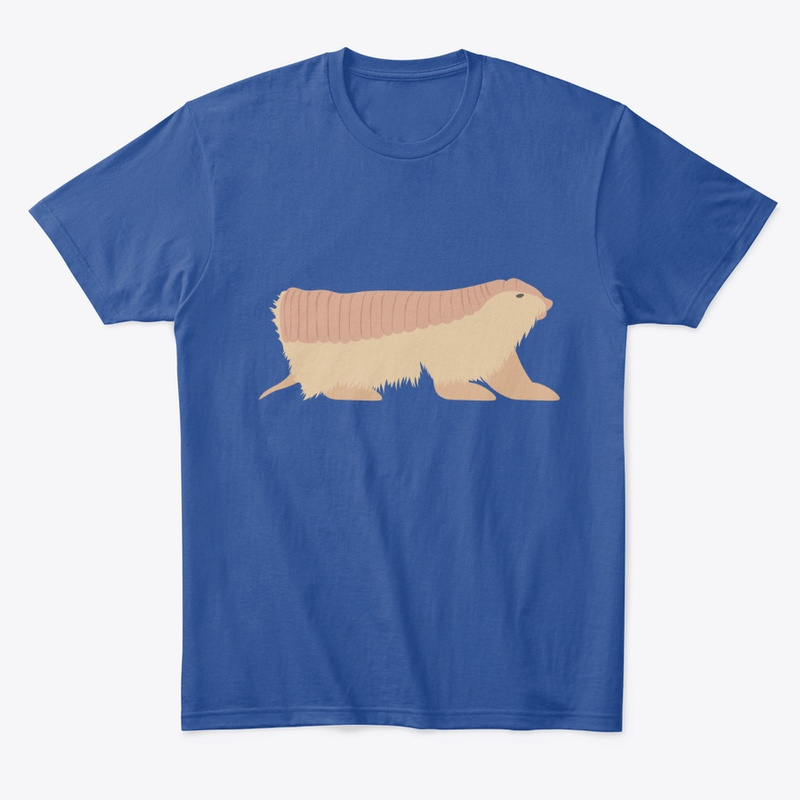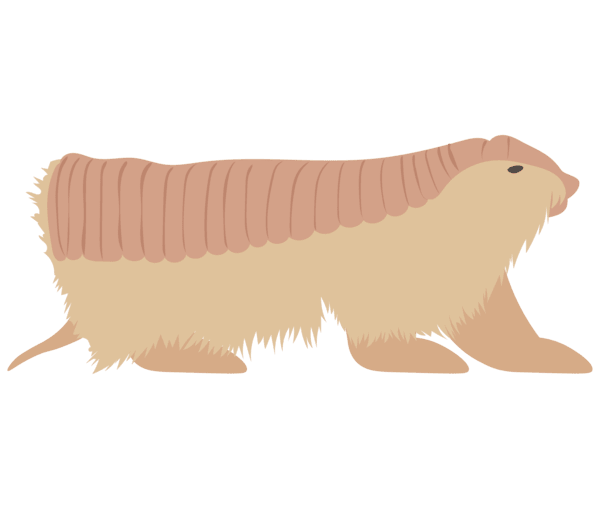
Pink fairy armadillo
Chlamyphorus truncatus
Reproduction: Probably one or two offspring in spring or early summer.
Weight: 100 grams
Diet: Generalist insectivore, feeding on invertebrates such as beetles, ants, insect eggs and larvae, worms, and snails. Also might eat some plant material.
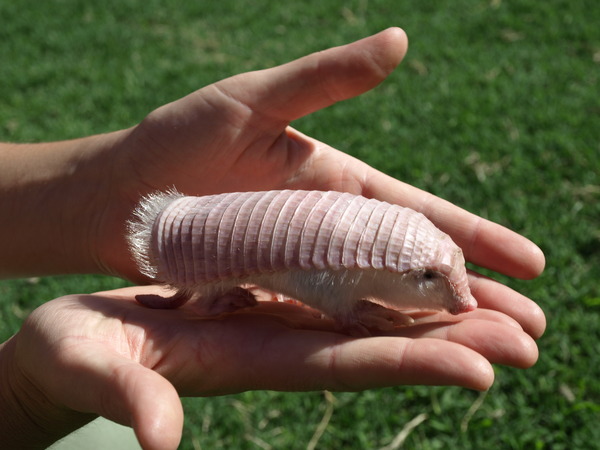
Common Names
English – Pink Fairy Armadillo, Lesser Fairy Armadillo, Lesser Pichi Ciego, Pichiciego
Spanish – Pichiciego, Pichiciego Menor
German – Gürtelmaus, Gürtelmull, Kleiner Gürtelmull, Schildwurf
French -Tatou tronqué, Tatou Nain d’Argentine
Portuguese – Pichi Cego
How to Identify:
Carapace Pink Only attached to the body by a thin membrane Moveable bands 24 Ears Not visible Tail Diamond-shaped tip
IUCN Red List
Species are classified into one of nine Red List Categories: Extinct, Extinct in the Wild, Critically Endangered, Endangered, Vulnerable, Near Threatened, Least Concern, Data Deficient and Not Evaluated. Vulnerable, Endangered and Critically Endangered species are considered to be threatened with extinction.

Pink fairy armadillo Facts
- The smallest of all armadillos
- Measures 11 to 15 cm from the head to the base of the tail
- The pink fairy armadillo uses its vertical rump plate to backfill the tunnels it digs.
- Although its rarity and strange appearance inspires people to think that the pink fairy armadillo comes out of a fairy tale, the term “fairy” actually refers to its light-colored hair.
- The pink color of its carapace varies in intensity depending on environmental temperature. In cool environments, the blood vessels in the carapace contract so that the blood is concentrated in the core; as a consequence, it looks pale. When it is hot outside, blood flow in the carapace vessels increases so that it can dissipate more heat, thus preventing a heat stroke; consequently, its color is more intense.
- It uses the diamond-shaped tip of the tail for support when standing on its hindfeet.
- Their sense of smell is at least 100 times stronger than that of humans. Two-thirds of their relatively large brain correspond to the olfactory brain!
- Can scream when frightened
Habitat
- Savanna
- Shrubland
- Grassland
- Desert
 Population Trend
Population Trend
• Unknown
 Threats
Threats
• agriculture (plowing of fields) and cattle ranching (compaction of soil) are probably the main threats this species is facing
• cats and dogs
• pet trade
Here are some ways YOU can help keep armadillos healthy and safe:
– It is best to observe them from a distance and in silence.
– Our pets could attack them. It is important to keep your dog on a leash when you go for a walk, or keep your pets at home in an enclosed and safe area. In addition, taking care of our pets also means spaying and neutering them so that they do not breed without control.
– Another way to help protect the areas where armadillos live is by not starting fires.
– Armadillos love to live in nature, keeping them as pets is not good for them. Keep in mind that they don’t like selfies either.
– If you find an injured armadillo, contact a wildlife hospital so they can help it.
– Deforestation is often caused to make more land for livestock. Eating less meat may help save our forests.
Chlamyphorus truncatus can be found in the below country.
Click to learn what other xenarthran species live there too!
Test your new knowledge!
Test your new armadillo expertise by visiting our armadillo word search, puzzles, coloring sheets and name games!
Check out this video to see how much you have learned!
The Anteater, Sloth, Armadillo Specialist Group has a store that directly helps xenarthran conservation!


 Population Trend
Population Trend Threats
Threats


